What's Your Cost Per Square Foot?
For most home builders, asking them, “What’s your cost per square foot?” is a little like asking a mechanic what it’s going to cost to fix the engine in your car before he’s had a chance to look it over. Without knowing more, a price is just a shot in the dark. Do you have a bad spark plug wire or does the entire motor need to be rebuilt?
Why buyers ask builders about the cost per square foot?
- Everybody uses it. Real estate agents…mortgage loan officers… appraisers…the entire existing home market uses this. But is a used car worth as much as a brand new one?
- It’s easy to calculate. Price / square footage = cost per square foot (a number for comparison).
- Affordability. Will the home be within your budget?
- You want a fair deal. There are so many variables! Cost per square foot seems like a fair way to ensure you’re not getting ripped off.
10 Things You Need to Know Before Comparing Homes on a Cost Per Square Foot Basis
1. Methods used to calculate square footage differ.
Since there is no universal approach to calculating a home’s square footage, the exact same home’s size can be hundreds of square feet different. Was the second story area of a two-story high entry foyer included? Another example—when measured to the outside of the brick, a home may be hundreds of square feet larger than if measured just to its exterior wall framing.
2. What square footage was included?
The basement? Attic spaces? With the foundation, walls, and roof already there, finishing such spaces costs less, lowering the home’s overall cost per square foot if based on “finished” square footage. Porches, decks, patios, and garages aren’t “finished” space but do add expense. Cost per square foot comparison is meaningless if the square footage of these areas is counted differently by various builders.
For Example: The Loganville (#56395) plan at right:
- The "Bonus Room" over the garage (573 sq ft) - it has floor, walls, and a roof; was it included in the home's reported square feet?
- The staircase leading up to the second level and down to the lower level, was the square footage counted once, twice, or three times?
- Was the covered front porch included in the home's square footage?
- Was the basement square footage included? The full basement, or just the part that is finished?
3. What’s included in the price?
Hardwood flooring or carpet? Full sod and a generous landscaping allowance or just putting down grass seed? Such factors affect price but not the size of your home, raising or lowering the cost per square foot.
4. Land costs and the neighborhood.
Did the cost per square foot quoted include the home site? For a 2,000 square foot home, a $60,000 lot works out to $30 per square foot; a $100,000 lot equates to $50 per square foot! Neighborhood covenants, such as requiring a full masonry front elevation, and community amenities like walking trails and clubhouses are costs that raise building lot prices and cost per square foot.
For Example: If subdivision covenants require a full masonry front elevation as with the Toussaint plan (#42115) below left, the home will cost more than if built with vinyl siding such as the Belafonte plan (#42114) below right, making the stucco and stone Toussaint home more expensive based on cost per square foot.
5. Included materials/products differs.
Yay! Your price includes granite countertops, but granite runs about $40-$100+ per square foot based on color and thickness. Quiet dishwashers—something you’ll truly appreciate—cost more than their entry-level counterparts by the same manufacturer. So even using builders’ specification sheets doesn’t provide a true comparison of cost per square foot.
6. Quality workmanship isn’t cheap.
Prices vary among framers, electricians, plumbers, and painters. Do you really want your builder to hire the cheapest? Also, labor rates vary significantly by region. Your brother may have gotten a new home built in Texas for $120 a square foot, but in the northeast, the identical home will cost more.
7. Your choices matter.
Your kitchen selections alone can add to the cost per square foot due to expensive cabinetry, countertops, faucets, flooring, and appliances. Most builders’ pricing includes “allowances” for common selections such as lighting fixtures—but allowances vary by builder. Similarly, fireplaces, crown molding, window treatments, or high-performance insulation increase your cost per square foot.
Beautiful – but your kitchen selections alone could increase your home’s overall cost by $10-$20 per square foot or more.
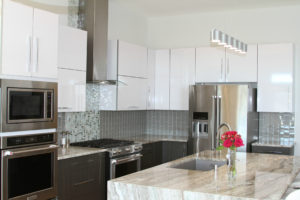
Custom kitchen in the Strasser Pointe (plan #42420FB). Photo by Renee D. Calvin Photography
8. Cost is driven by design.
Pre-drawn home plans might cost $1,000 (about $.50 per square foot for a 2,000 square foot home), whereas custom-drawn plans typically range from $2-$10 or more per square foot. Carpet typically comes in 12’-wide rolls, so a 12’-8” bedroom adds cutting and seaming labor and increases material waste. Dramatic rooflines and entries, artful ceiling details, and numerous foundation jogs increase cost without increasing square footage.
For Example: They share an identical floor plan, but the design on the left (Kinney Farm - #42462) costs less to build than the design on the right (Kinney Haven - #42461), making the Kinney Farm’s cost per square foot lower.
9. The type of home you build impacts cost.
Compared to two-story homes of the same square footage, one-story homes cost more per square foot because they’re wider and/or deeper; one-story homes have more roof, foundation, and may require a bigger homesite.
For Example: Two 2,000 square foot homes below. Due to the size and complexity of the foundation and rooflines, the ranch home on the left (Westcott Manor - #9171) will be more expensive in terms of cost per square foot than the two-story home on the right (Wendling Park - #42473).
10. The total size of the home.
Costs for permits, fees, inspections, and utility hook-ups are unaffected by a home’s size. A smaller home still has a kitchen sink and appliances, just like a larger house. Assuming comparable finishes, smaller homes can have higher costs per square foot.
Larger homes can have a lower cost per square foot because they have more square feet to spread those costs over.
Moving Forward
Check out your builder.
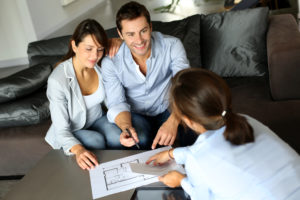 We hear horror stories of builders who will quote a price based purely on square feet and then pound the buyer with extras after the job is started. Reputable builders will have a long list of references from happy homeowners. Contact those references! There’s more to consider than lowest price. What’s the cost per square foot of your new home warranty?
We hear horror stories of builders who will quote a price based purely on square feet and then pound the buyer with extras after the job is started. Reputable builders will have a long list of references from happy homeowners. Contact those references! There’s more to consider than lowest price. What’s the cost per square foot of your new home warranty?
Every home builder can give you a detailed and accurate cost per square foot.
“Production” builders build the same plans repeatedly and offer limited personalization, so they can usually quote you a price per square foot. Their fixed standards, limited variables, and economies of scale often enable them to offer the lowest cost per square foot. Semi-custom builders offer a wider variety of home designs, building sites, and finishes. Such builders will typically modify their home plans to suit your needs, too. Their initial price range, such as, “$150 to $200 per square foot depending on what you want,” comes clearer into focus as your design, homesite, and product decisions are made. A custom home builder may never build the same home twice. She doesn’t have historical data for that specific home to look back on as a starting point. Knowing that custom home buyers often have specific products and amenities in mind, providing a cost per square foot before the plans and details are firmed up can lead to disastrous results.
Do you really want the cheapest?
Even with multiple builders’ cost per square foot info, are you going to automatically take the lowest price per square foot? How do you suppose the builder with the lowest price was able to do it? For that matter, what does having the cheapest cost per square foot say about that builder?
Exercise great caution if using cost per square foot in comparing builders and their homes. There’s always a reason for the cheapest price!
For more resources on thoughtful design:
- Read other articles on our blog
- Browse our Her Home™ Magazine
- Thoughtful Design Concepts
Cover photo: <a href='https://www.freepik.com/free-photos-vectors/people'>People photo created by pch.vector - www.freepik.com</a>
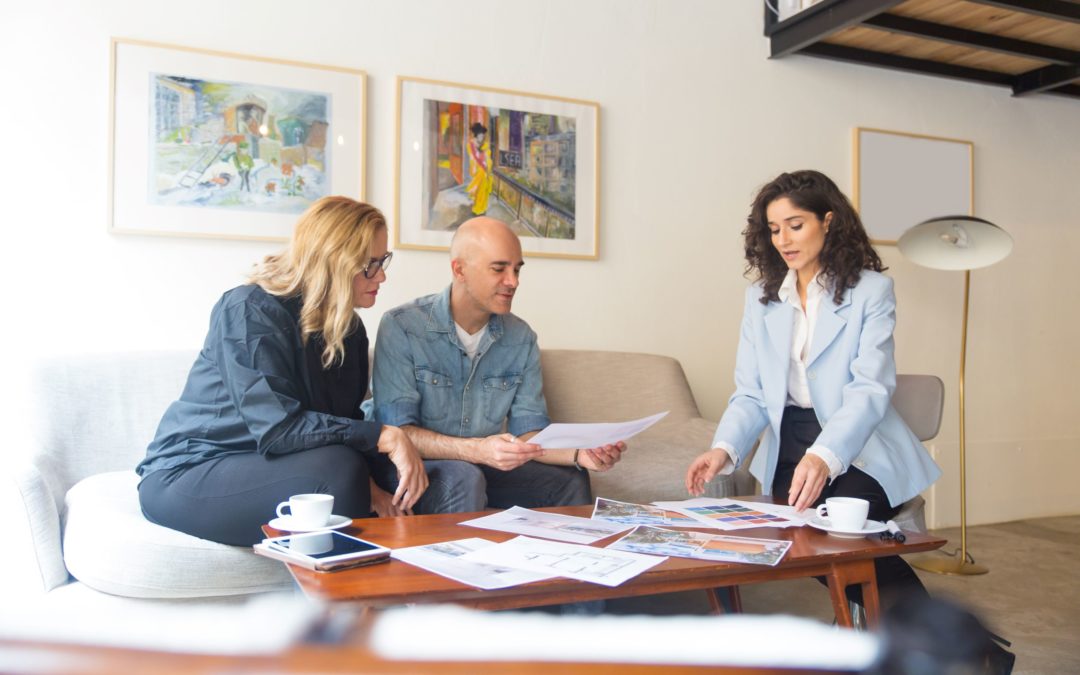
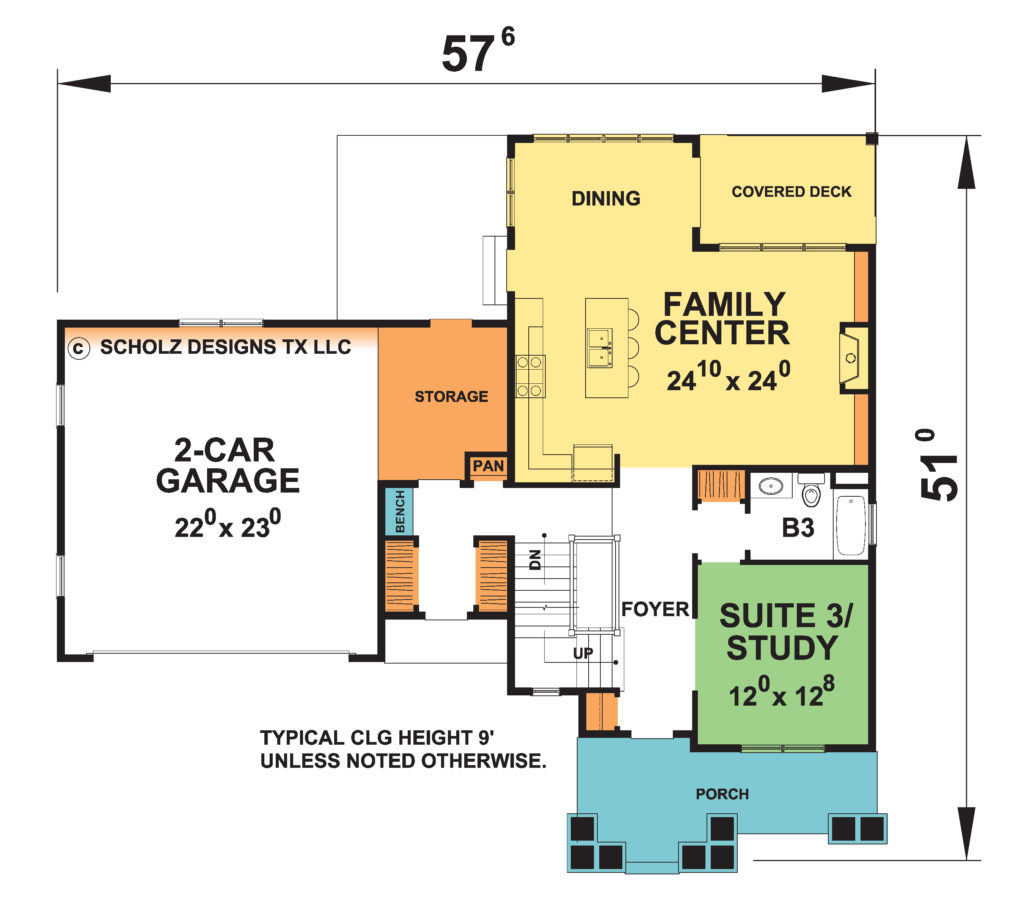
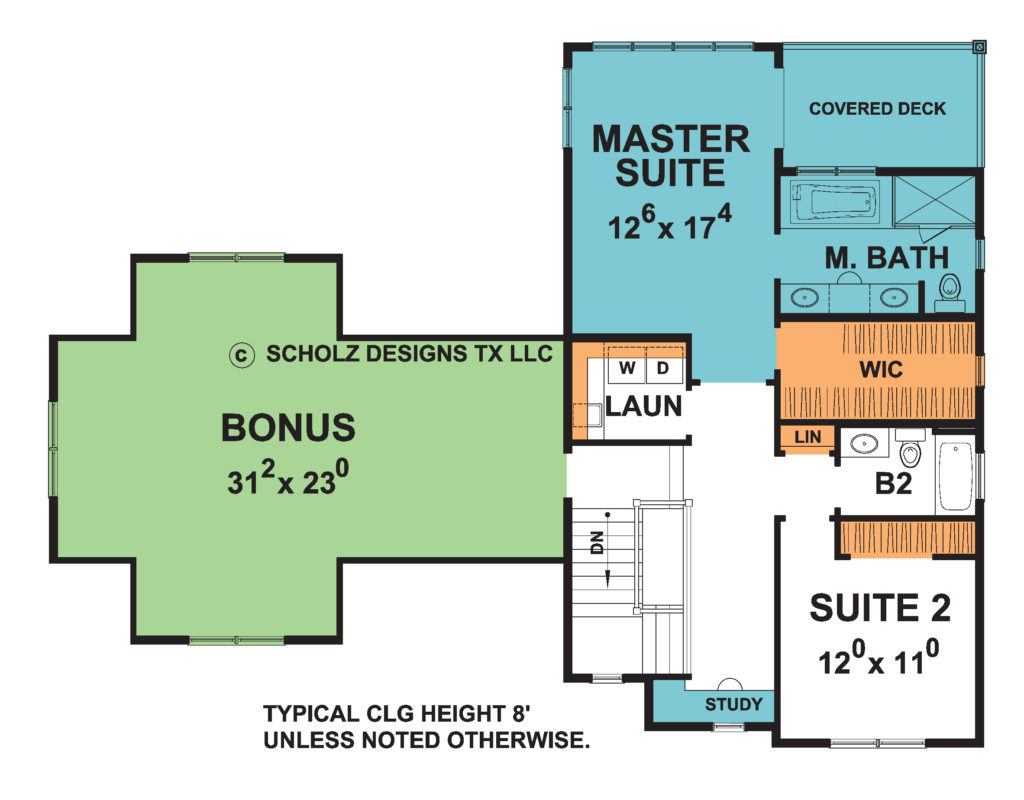
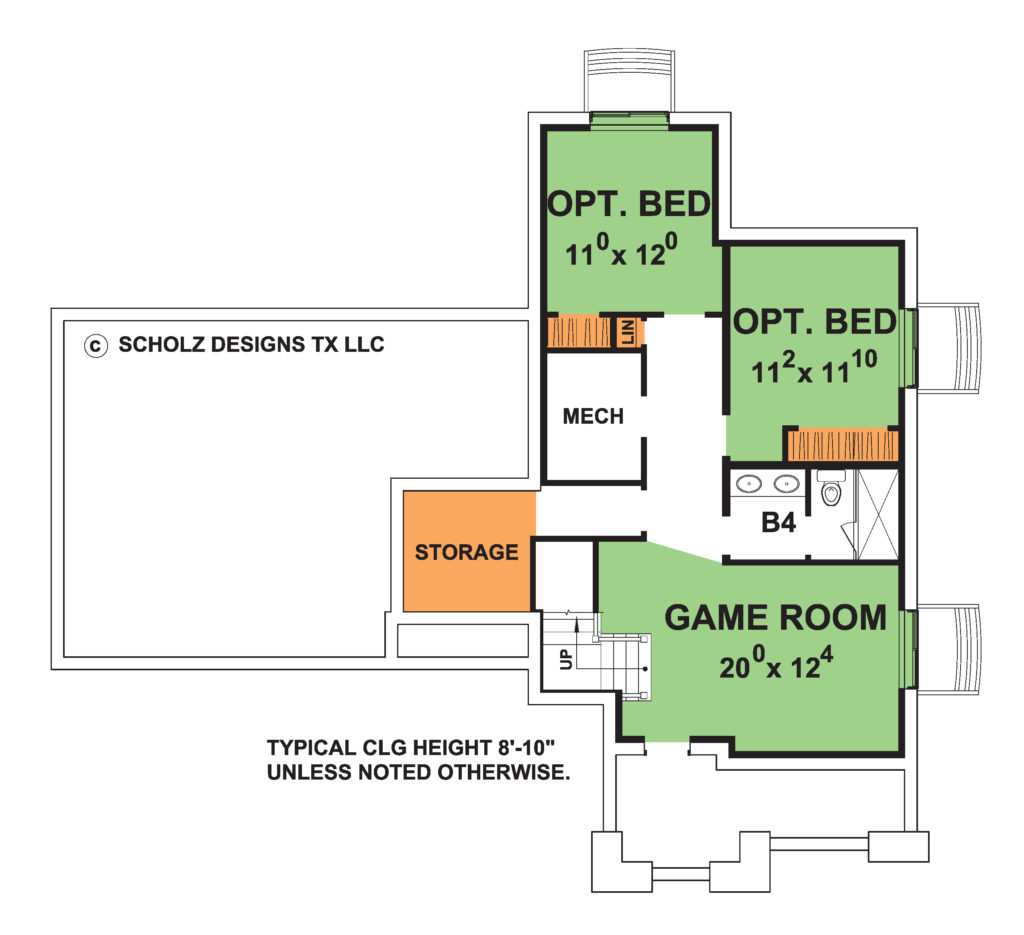
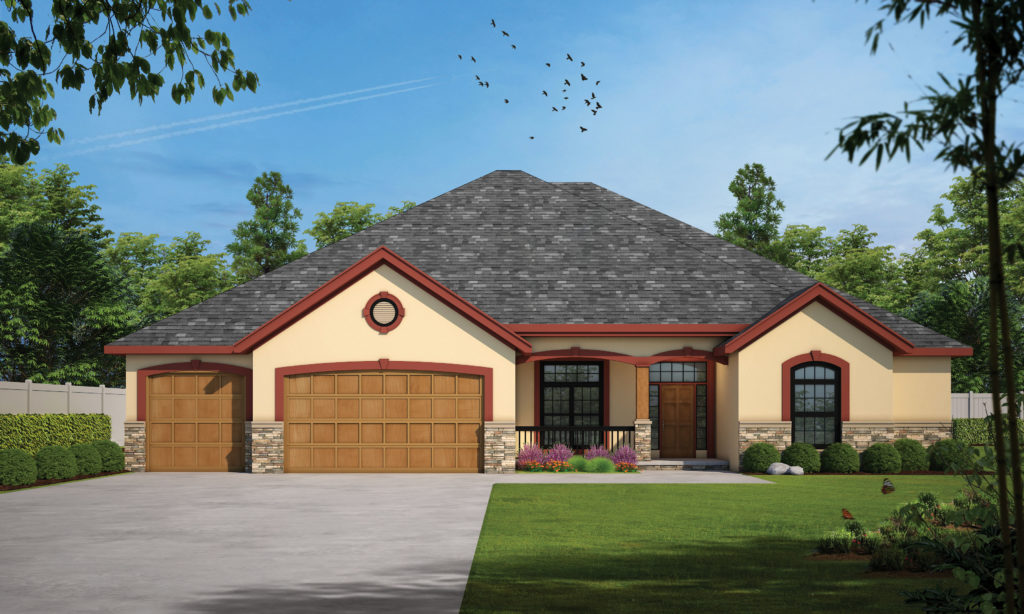
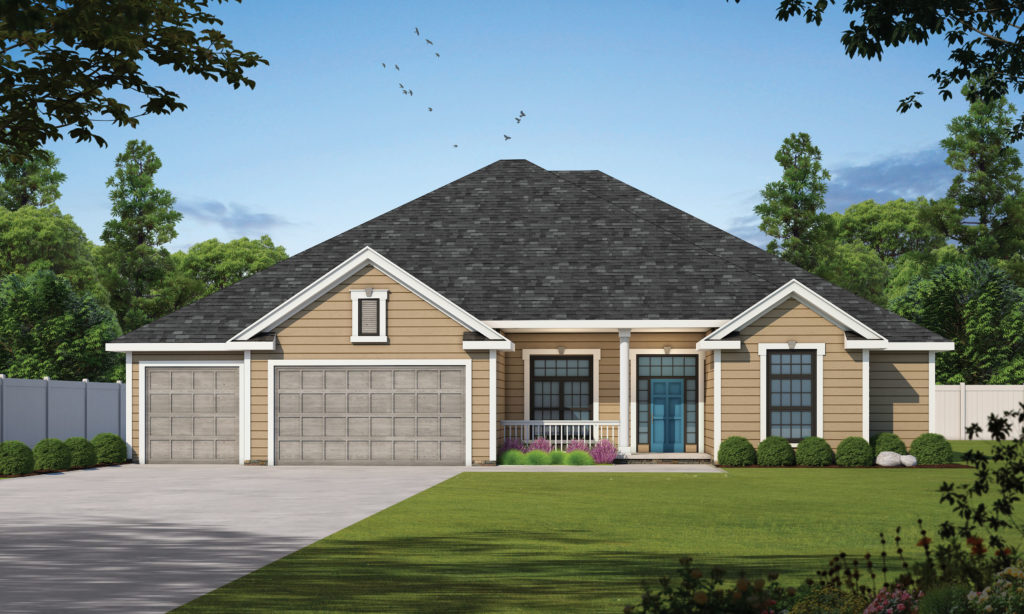
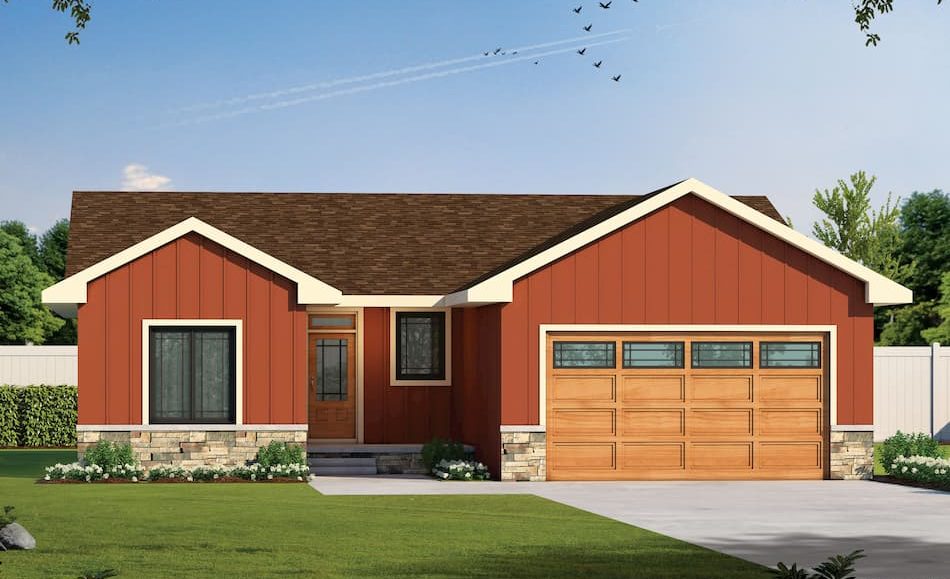
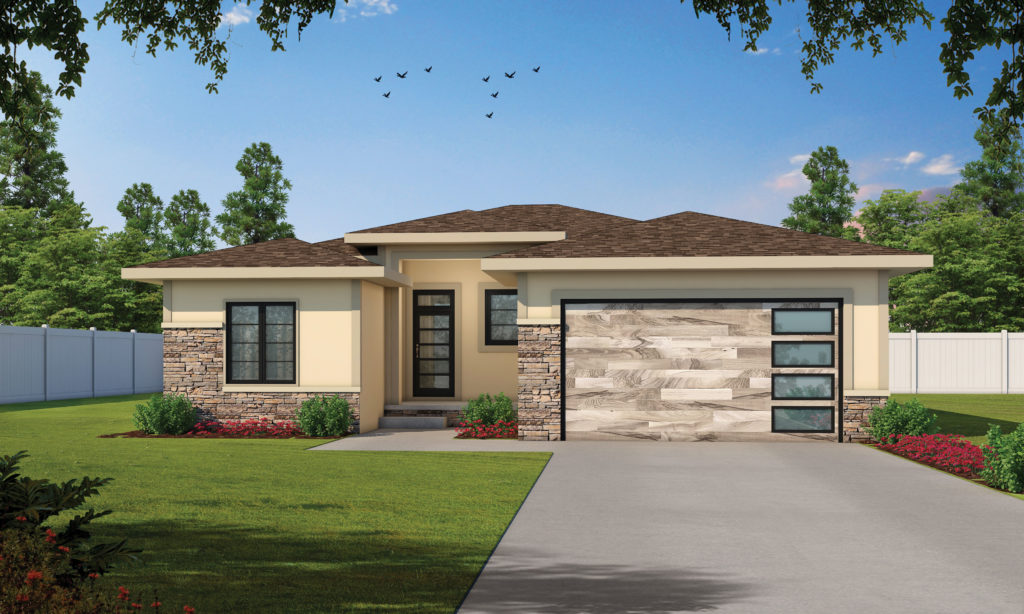
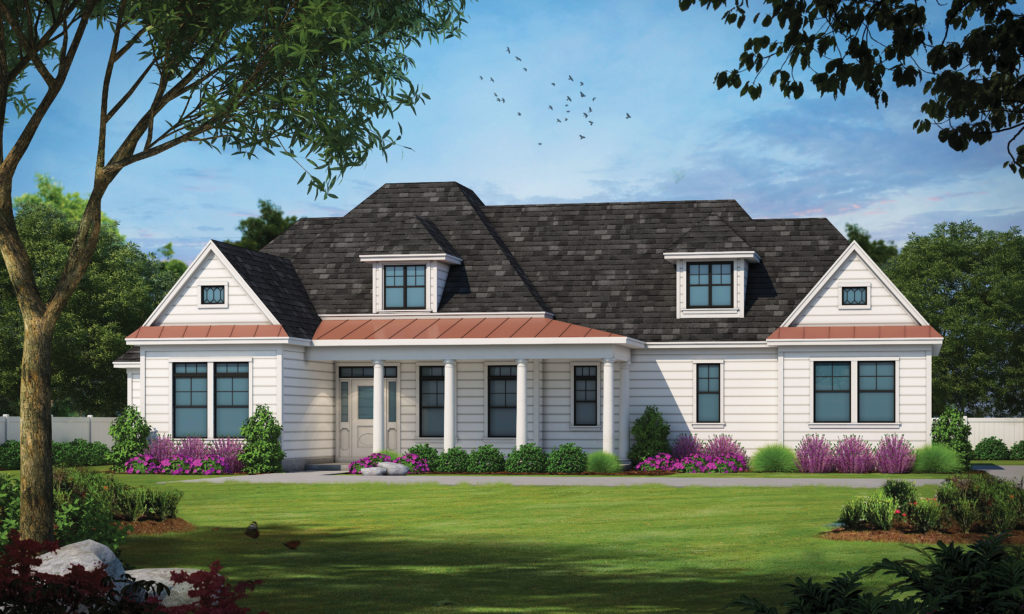
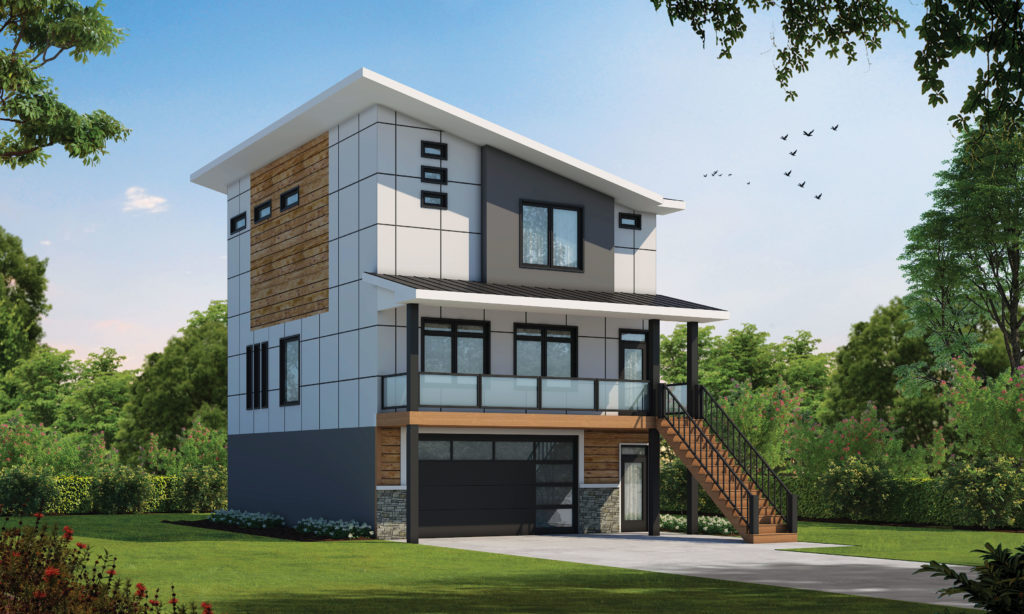
Good info for start owner builder
Outstanding post! Thanks a lot for sharing please keep sharing more.
Good beginnings for consideration. One aspect that is not discussed whether or not you are contracting the job yourself or through a general contractor are the terms of the contract. In either case having clearly defined terms in the contracts is paramount. Any time you have a contract presented to you by another party, be advised the wording would be drawn to the contractor’s advantage. It is best to have an addendum drawn up by your attorney to cover the terms you wish to be included to meet your needs and expectations.
Great information! Understanding the cost of your house and also having knowledge whether the cost being paid is reasonable or not is a must for any person. Thanks for the explanations regarding cost per square foot. It is going to be very helpful for everyone.
I read a lot of articles and almost never comment, but this was so well written, and with extra work going into it with the graphics that I wanted to leave a kudos! I appreciate having so much food for thought in one place as I try to acquire the basic info needed to think of building a home.
You live in a home where everyone is given their own place. I read a lot of articles and made almost no comments, but it was so well written and with the extra work with the graphics I wanted to leave a quotidian.
The average sized home for most of us is about 1,500 square feet and many of us (especially young families) cannot afford the larger space.
As an interior designer, I have to keep myself updated with new trends and designs. I mostly work with design basic house plans as they have unique designs and everything according to your cost per square foot.
I’m really happy to say it was an interesting post to read.
Thank you for sharing.